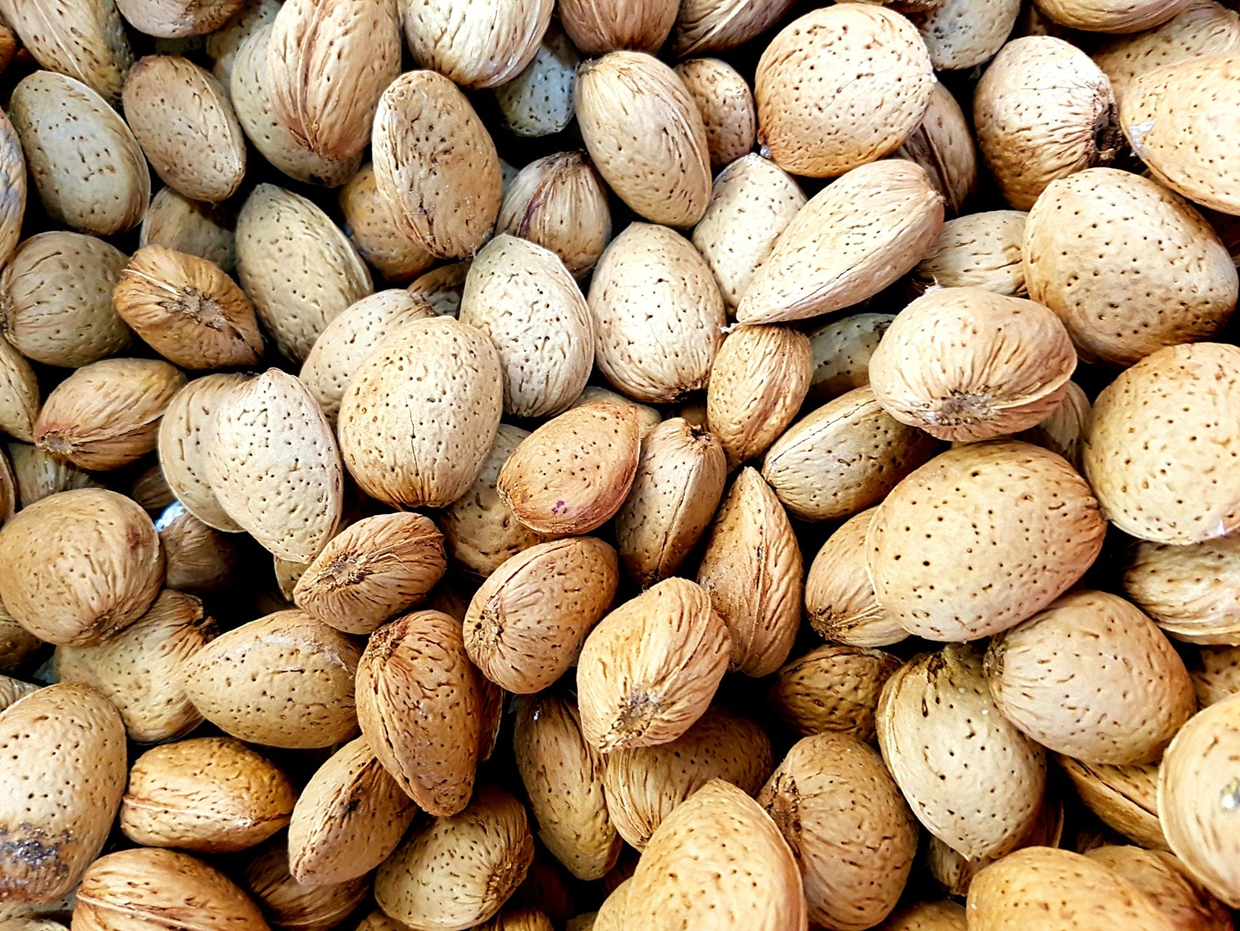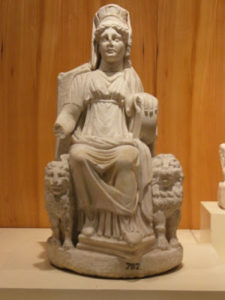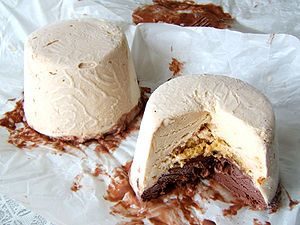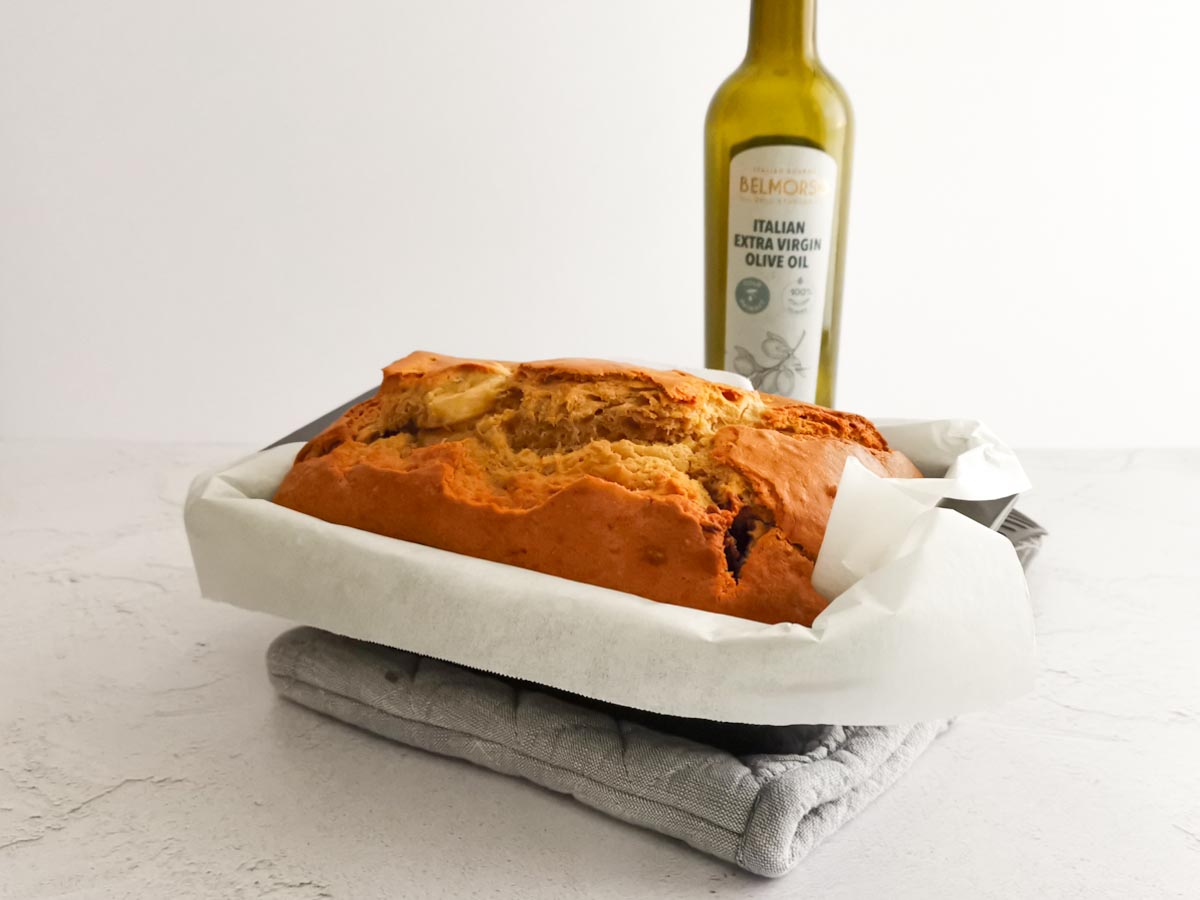
The Dinette Teller – 46. Almonds, a symbol of Puglia
The almonds are a type of dried fruit. They are very versatile and rich in healthy properties.
In Italy, almonds are mainly grown and harvested in Puglia, where the climate ease the rising of the Almond Trees, which is of the Rosacea family.
Origins
The name “mandorla” (“almond” in Italian) derives from the Latin “amygdalus”. In fact, there is a part of the brain which is called “Amidgala” because it is almond-shaped. Some experts deem that the name derives also from the name of the Goddess “Cibale”. It is told that the almond tree was born from the blood of the Goddess.

The plant belongs to countries like China and Japan and it arrived in Italy thanks to the Phoenician trades.
Characteristics
The almond tree is strong and resistant. For this reason, it grows in dry soils. The harvesting period runs from the end of August to the beginning of October. After the harvesting, the almonds are left under the sun on large cloths to dry. Almonds are a dried fruits rich in fats and with a low amount of water. It is a healthy food rich in nutritional properties.

The most popular almond variety is the “Filippo Cea”, characterized by its round and small shape. It has an intense, buttery and balanced taste. it is perfect for bakery thanks to its soft and doughy texture. Almonds can be preserved for months in dried spaces.
Nutritional Properties
Almonds are a healthy unsaturated fat rich in triglycerides, mainly oleic acid, omega 6 fats and linoleic acid. Conversely, almonds have a very low amount of “bad” fats, such as saturated fats or cholesterol.
Almonds are also a good source of proteins. Therefore, it is can be seen as an essential food for vegetarians. They are also gluten-free and have no lactose. These qualities make it the perfect supplement for those who suffer from a certain type of intolerances, allergies, or celiac disease.

It is also a very good source of vitamins B2, B1, E and PP. These vitamins are very good for your eyes and skin.
They are also rich in mineral salts, such as Manganese, Magnesium, Calcium, Phosphorus, Copper, and Zinc.
Almonds can also help your digestion and the balance of the intestinal bacterial flora thanks to its high content in fibre.
Be careful!
Almonds have to be eaten moderately due to the following reasons:
These type of dry fruits are high in calories – 600 Kcal/100g. In fact, an intake of 10-15 almonds per day is the maximum amount recommended.

- Be careful! Almonds can also be the cause of allergic reactions! Species like the “Bitter Almond” contains an element called “Amygdalin“, very similar to cyanide! When eaten in an exaggerated amount it can cause negative effects. For this reason, almond has been mentioned in several literature stories as a poison. However, the toxicity of the amygdalin is completely neutralized when cooked.
Let’s cook!
Almonds can be used on baked goods (cakes, puddings, nougats…). In Italy, we also use it as an ingredient for pasta sauces or fish dishes.
Some of the most important almond derivatives are:
- Almond Milk: a thick, scented and healthy drink.
- Almond Oil: obtained from the almond pressing. Mainly used as cosmetic thanks to its rejuvenating effects on the skin and it is a great emollient oil. It can be used as purgative when drunk.
- Amond Flour: wonderful for biscuits, cakes and muffins. It can be eaten also raw. It represents a wonderful alternative to weat flour for people with celiac disease.
- Almond Syrup

Typical Italian Dessert made with Almonds
In Italy, there are a wide range f deserts made from almonds.
One of the most famed dishes is the Sicilian Almond Granita wonderful with Whipped Cream and Croissants!
Another typical recipe is the “Spumone” (literally translated as “Big Foam”). This one is usually made in Christmas time and is similar to a biscuit. The almonds are crushed with a rolling pin and mixed with eggs, sugar, cinnamon (powder), cloves, and lemon zest.




